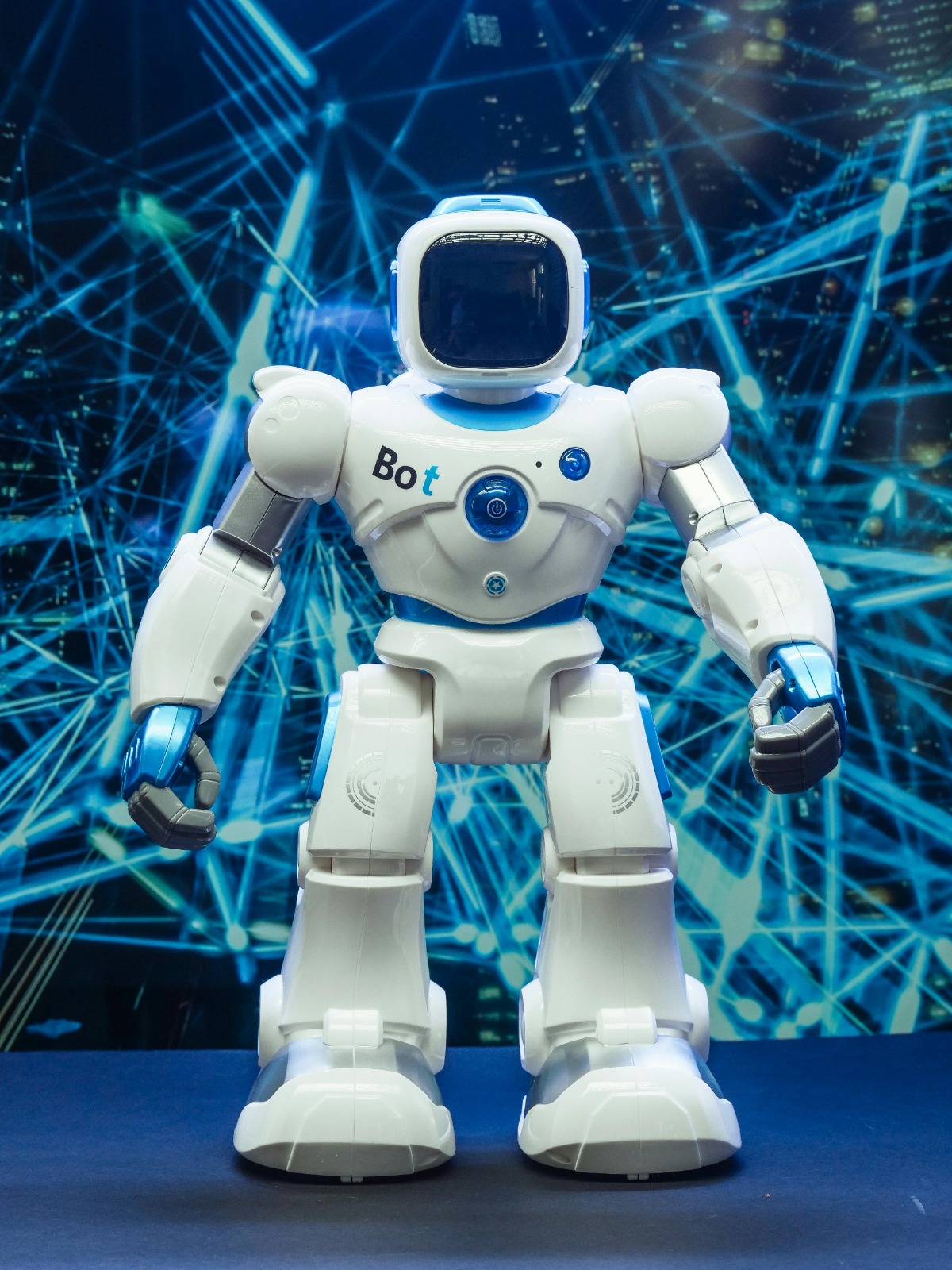In today’s fast-paced digital landscape, businesses are constantly seeking innovative ways to engage their audience and enhance user experience. One of the most effective tools that has emerged in recent years is the chatbot for website integration. This technology not only streamlines communication but also provides a personalized experience for users. In this article, we will explore how implementing a chatbot for your website can significantly boost engagement and drive conversions.
Understanding Chatbots
What is a chatbot for website
A chatbot is an artificial intelligence (AI) program designed to simulate human conversation. It can interact with users through text or voice, providing instant responses to inquiries. Chatbots can be integrated into websites, social media platforms, and messaging applications, making them versatile tools for businesses.
Types of chatbot for website
There are primarily two types of chatbots:
- Rule-Based Chatbots: These chatbots follow predefined scripts and can only respond to specific commands. They are limited in their ability to understand complex queries but are useful for straightforward tasks.
- AI-Powered Chatbots: These chatbots utilize machine learning and natural language processing (NLP) to understand and respond to user queries more effectively. They can learn from interactions and improve over time, making them more adaptable to user needs.
The Importance of Engagement
Why Engagement Matters chatbot for website
User engagement is crucial for any online business. Engaged users are more likely to convert into customers, share your content, and return for future interactions. High engagement levels can lead to increased brand loyalty and improved customer satisfaction chatbot for website.
How Chatbots Enhance Engagement
A chatbot for website integration can significantly enhance user engagement in several ways:
- 24/7 Availability: Chatbots provide round-the-clock support, ensuring that users can get answers to their questions at any time, even outside of business hours.
- Instant Responses: Users appreciate quick answers. A chatbot can respond to inquiries in real-time, reducing wait times and improving user satisfaction.
- Personalized Interactions: AI-powered chatbots can analyze user data to provide tailored responses, making users feel valued and understood.
Implementing a Chatbot for Your Website
Choosing the Right Chatbot
When selecting a chatbot for your website, consider the following factors:
- Purpose: Define the primary function of the chatbot. Will it be used for customer support, lead generation, or sales?
- Integration: Ensure that the chatbot can seamlessly integrate with your existing systems, such as CRM and email marketing tools.
- User Experience: Choose a chatbot that offers a user-friendly interface and can handle various types of inquiries.
Steps to Implement a chatbot for website
- Define Your Goals: Clearly outline what you want to achieve with the chatbot. This could include reducing response times, increasing lead generation, or improving customer satisfaction.
- Select a Platform: Choose a chatbot platform that aligns with your goals and technical capabilities. Popular options include Drift, Intercom, and Chatfuel.
- Design the Conversation Flow: Map out the conversation paths users may take. This will help you create a more intuitive experience.
- Test and Optimize: Before launching, test the chatbot thoroughly to identify any issues. After deployment, continuously monitor its performance and make adjustments as needed.
Benefits of Using a Chatbot for Your Website
Increased Conversion Rates
A chatbot for website integration can lead to higher conversion rates. By providing instant assistance and guiding users through the purchasing process, chatbots can help reduce cart abandonment and encourage users to complete their transactions.
Enhanced Customer Support
With a chatbot, businesses can offer immediate support to users, addressing their concerns and questions without the need for human intervention. This not only improves customer satisfaction but also frees up human agents to focus on more complex issues.
Cost-Effective Solution chatbot for website
Implementing a chatbot can be a cost-effective solution for businesses. By automating routine inquiries, companies can reduce the need for a large customer support team, ultimately saving on labor costs.
Real-World Examples of Chatbots in Action
E-commerce
Many e-commerce websites have successfully integrated chatbots to assist customers in finding products, answering questions about shipping, and providing personalized recommendations. For instance, Sephora’s chatbot helps users choose beauty products based on their preferences.
Healthcare
In the healthcare sector, chatbots are being used to schedule appointments, provide medication reminders, and answer common health-related questions. This not only improves patient engagement but also streamlines administrative tasks.
Travel and Hospitality
Travel companies are utilizing chatbots to assist customers with booking flights, providing travel updates, and answering inquiries about destinations. This enhances the overall travel experience and keeps users informed.
Challenges of Implementing a Chatbot
Understanding User Intent
One of the main challenges with chatbots is accurately understanding user intent. While AI-powered chatbots are improving, they may still struggle with complex queries or ambiguous language.
Maintaining a Human Touch
While chatbots can handle many inquiries, there are times when users prefer to speak with a human. It’s essential to provide an option for users to connect with a live agent when needed.
Continuous Improvement
Chatbots require ongoing monitoring and optimization to ensure they remain effective. Regularly updating the conversation flow and training the AI on new data is crucial for maintaining performance.
Conclusion
Incorporating a chatbot for your website is a genius way to engage more effectively with your audience. By providing instant support, personalized interactions, and 24/7 availability, chatbots can significantly enhance user experience and drive conversions. As technology continues to evolve, the potential for chatbots to transform customer engagement will only grow. If you haven’t yet implemented a chatbot for your website, now is the time to consider this innovative solution. Start by defining your goals, selecting the right platform, and designing an engaging conversation flow. With the right approach, a chatbot can become an invaluable asset to your business. Explore our homepage now to stay ahead of the digital world.
FAQ Section
1. What is a chatbot for a website?
A chatbot for a website is an AI-driven tool that simulates human conversation, allowing businesses to interact with users in real-time through text or voice.
2. How can a chatbot improve customer engagement?
A chatbot can improve customer engagement by providing instant responses, personalized interactions, and 24/7 availability, enhancing the overall user experience.
3. Are chatbots cost-effective for businesses?
Yes, chatbots can be a cost-effective solution as they automate routine inquiries, reducing the need for a large customer support team and saving on labor costs.
By leveraging the power of a chatbot for your website, you can create a more engaging and efficient experience for your users, ultimately leading to increased satisfaction and conversions.



